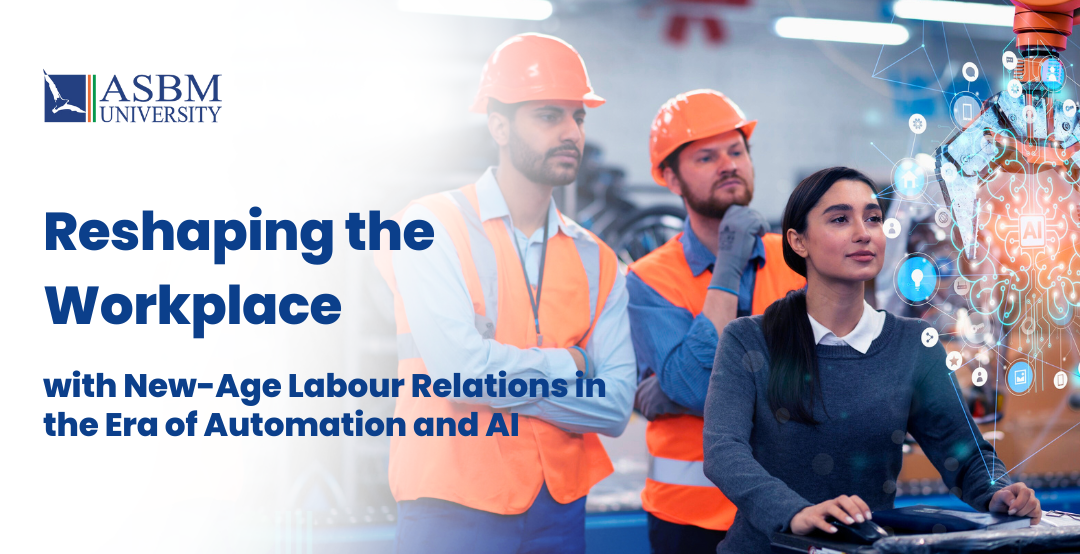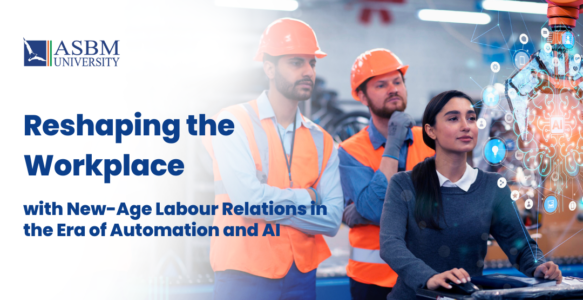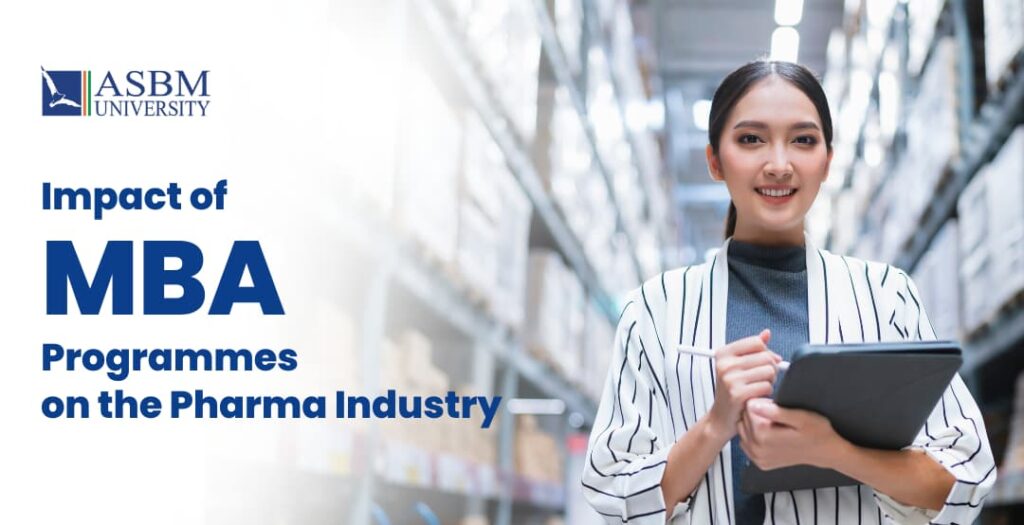Reshaping the Workplace with New-Age Labour Relations in the Era of Automation and AI

Imagine a factory not with rows of human workers, but with robots meticulously welding parts at lightning speed. Imagine a boardroom where decisions are informed not just by human intuition, but by the precise calculations of advanced AI algorithms. This is the reality of the modern workplace, reshaped by automation and artificial intelligence.
While some jobs are lost, new ones are created, demanding entirely new skillsets. The question is no longer “will AI replace me?“, but “how can I thrive in this dynamic landscape?”
The modern workplace is transforming at an unprecedented pace driven by breakthroughs in automation, robotics and artificial intelligence (AI). As per the World Economic Forum’s ‘Future of Jobs 2020’ report, by 2025, 85 million jobs may be displaced while 97 million new roles may emerge as machines complement and augment human capabilities across industries. While technological progress has always inevitably caused certain jobs to decline, the sheer scale and speed at which AI and automation are set to disrupt employment in the coming decade is unparalleled.
This is where the National HRD Network (NHRDN) steps in, a global powerhouse for leadership development. Recognizing the urgency for skilled professionals, NHRDN has partnered with ASBM University to launch a Master’s degree program in Human Resource Management and Labour Relations, specifically designed to bridge the gap between technology and the human touch.
The Future of Work Demands New-Age Professionals
In the age of automation, traditional labour relations face unprecedented challenges. Jobs disappear, algorithms make hiring decisions, and ethical considerations surrounding AI use come to the forefront. This is where the Master’s program shines. It equips students with the critical skills needed to navigate this complex terrain:
Critical thinking and problem-solving: Analyze complex scenarios involving automation and AI, and develop innovative solutions for managing a transformed workforce.
Negotiation and conflict resolution: Bridge the communication gap between humans and machines, effectively resolving conflicts arising from technological shifts.
Strategic foresight and planning: Anticipate future trends and proactively develop strategies for adapting to the ever-evolving workplace.
Data analysis and interpretation: Decipher insights from AI systems and translate them into actionable HR strategies.
Ethical considerations and responsible AI use: Ensure ethical and responsible implementation of AI, safeguarding worker rights and well-being.
Learning from Real-World Examples:
The Master’s program in HRM and Labour Relations isn’t just theoretical. It draws inspiration from real-world success stories, equipping graduates to tackle the challenges and opportunities presented by automation and AI in the workplace.
Example 1: Navigating Automation at a Tech Giant: Learning from Bosch’s Example
Imagine graduates guiding a Bosch-inspired reskilling revolution at a tech giant. Building on Bosch’s €300 million investment in training, 520,000-strong seminar attendance, and focus on tech expertise, they spearhead comprehensive programs empowering employees to embrace automation, not fear it. By leveraging intelligent technology and prioritizing skill development, these graduates become catalysts for a smooth transition, ensuring a human-centered approach even in the face of technological change.
Example 2: Optimizing Performance with AI at a Manufacturing Company
Picture a graduate utilizing AI-powered data analysis to optimize employee performance and prevent burnout, like at companies like Siemens, who partnered with online platforms to provide digital skills training to their workforce. By identifying early signs of fatigue and stress, these graduates can implement interventions like flexible work arrangements and mental health support, leading to a more engaged and productive workforce.
Example 3: Tata Motors Gearing Up for a Tech-Driven Future with Women in the Driver’s Seat
Tata Motors is revving up its workforce for the future with a multi-pronged upskilling initiative. Software, AI, and machine learning are taking the wheel, alongside partnerships with universities and tech giants to equip employees with cutting-edge auto tech skills. Diversity is also in gear, with programs for women and apprentices, while an all-female assembly line showcases #WomenAtWork initiative. Investing heavily in training, Tata Motors aims to upskill over half its workforce within five years, ensuring a smooth ride towards a tech-driven future for both the company and its employees.
Are you passionate about shaping a future where technology empowers, not replaces? Do you want to be at the forefront of redefining labour relations in the age of AI? Then consider pursuing this Master’s in HRM and Labour Relations from NHRDN and ASBM University.
Invest in your future, gain the skills needed to thrive in the new world of work, and join the movement of responsible talent leaders paving the way for a brighter, more human-centric tomorrow.
Contact ASBM University for details about the Master’s degree program in Human Resource Management and Labour Relations programme, application process, and how you can be a part of this exciting journey.



